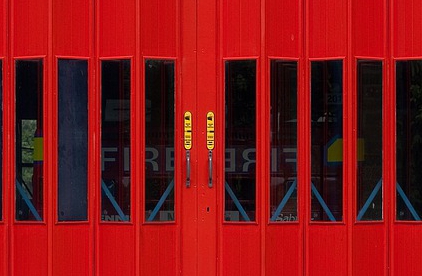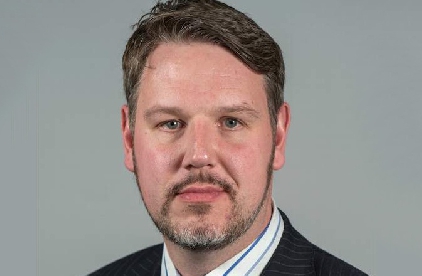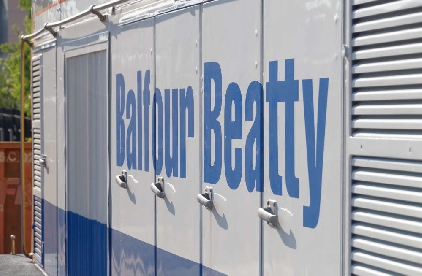
The fire brigade’s gender pay gap is nearly half the workforce UK average but has widened since the previous year, figures show.
A report said the average hourly salary at Shropshire Fire and Rescue Service was £1.16 more for men than women in 2020, compared to a 94p gap in 2019.
The authors stressed that male and female employees doing jobs of equal value are paid equally. It said an increase in the number of women recruited was “positive overall”, but the fact that they were mainly in lower-paid foles dragged the average female pay down.
Shropshire and Wrekin Fire and Rescue Authority members heard firefighting is seen as a “traditionally male” occupation, and recruiting women “remains challenging”.
Strategy and Resources Committee chairman Chris Mellings said the report “demonstrates a lot of good work taking place”.
He added: “I know the headline figure doesn’t suggest that but, when you drill down beneath that you can see what is happening which is really positive.”
In their co-authored report, Human Resources Officer Wendy Edwards, Chief Fire Officer Rod Hammerton and Equality, Diversity and Inclusion Officer Natalie Parkinson wrote that organisations with 250 or more employees are required to publish annual gender pay statistics.
According to the Office for National Statistics, the UK average gender pay gap stood at 15.5 per cent, in favour of men, on its “snapshot date” of March 31, 2020 – a 1.8 per cent reduction on 2019.
In 2020, Shropshire Fire and Rescue Service’s 116 female employees were paid a mean average hourly rate of £13.94, while the 536 men earned £15.10, just over eight per cent more.
This gap stood at 8.1 per cent in 2017 and widened to 9.1 per cent the following year before narrowing to 6.9 per cent in 2019.
The report said that the brigade’s recruitment and pay policies are gender-neutral and lead to “no differences in pay rates for different genders occupying equivalent roles”, but the gap exists because “there are, essentially, more males occupying higher-level positions”.
It added: “A range of measures to attract a more balanced range of applicants and to increase the attractiveness of a career within the service for females are in place.”
The gap increase between 2019 and 2020 “is likely to be attributed to the increase in females recruited into the lower salary quartile band” in that time, the authors added.
In 2020, the lowest-paid quarter of the workforce were 64 per cent male and 36 per cent female, compared to a 71:29 split in 2019. In the upper three quartiles the percentage of female employees either stayed the same or increased just one or two per cent.
Ms Edwards, Officer Hammerton and Ms Parkinson said the increase in female employees in the lowest-paid group is a “significant contributing factor” to increasing the gender pay gap.
“This does, however, indicate that the number of females recruited into the service in 2019-20 has increased, which is a positive overall result,” they wrote, adding that this “is attributed to the success of our on-call recruitment campaigns”.


 John Campion re-elected as West Mercia PCC
John Campion re-elected as West Mercia PCC
 Herefordshire Council ends roads contract with Balfour Beatty
Herefordshire Council ends roads contract with Balfour Beatty
 New Food and Drink group launched at online event
New Food and Drink group launched at online event
